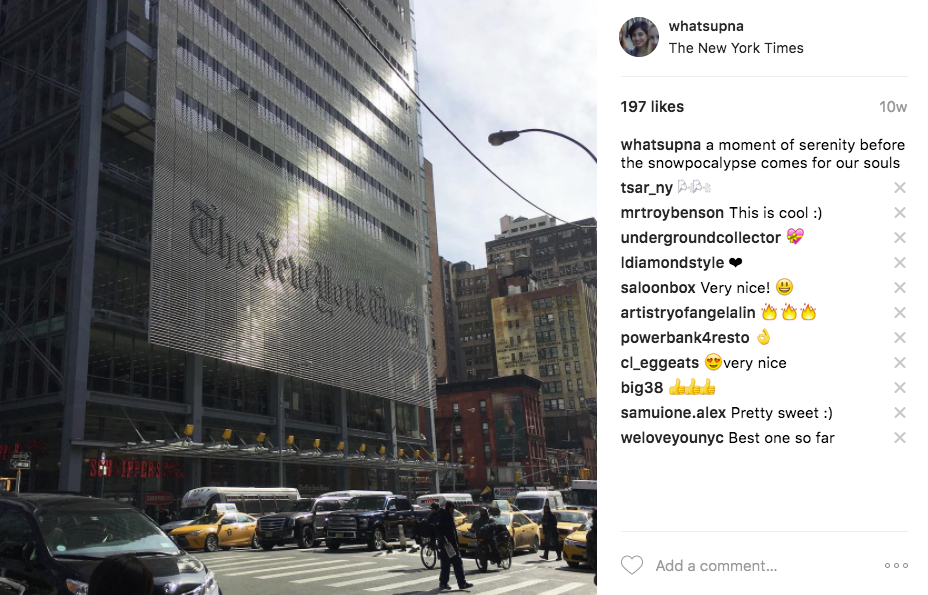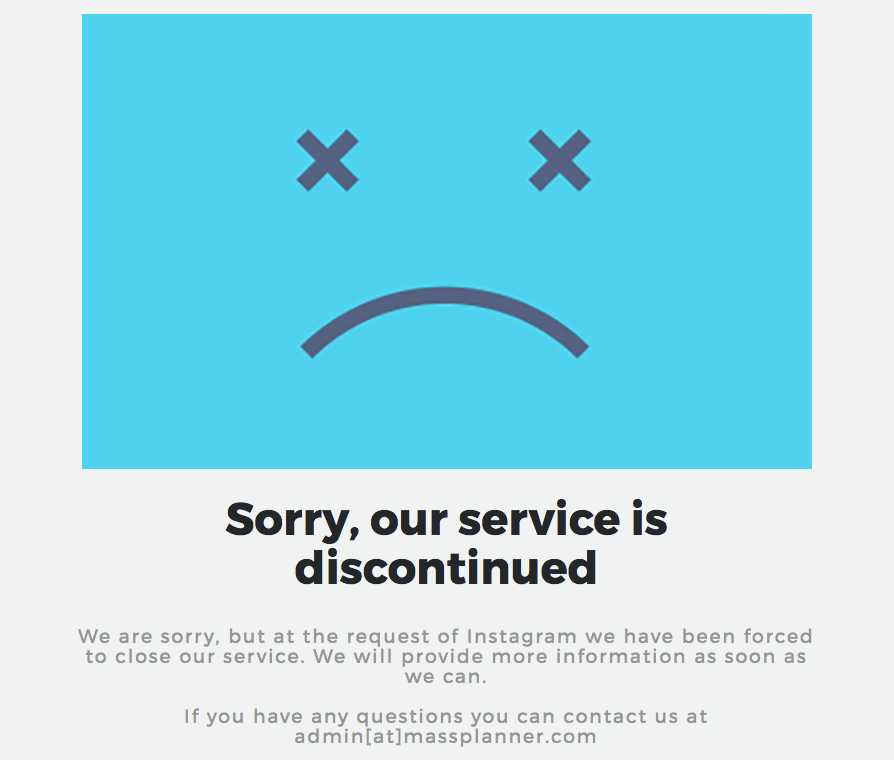Different Kinds of Fraud
- Odd Audience Demographics
- Sharp Audience Size Changes
- Atypical Engagement Rate
- Engagement Spikes
- Imbalanced Engagement Ratios
- Reach Rate For Authenticated Data
- Emoji Spam
- Generic Comment Strings (Footprints)
- Mass Followers
Influencer marketing has become a staple in progressive advertisers’ marketing mix. Its unique blend of authentic connections, digital distribution, and inspiring content has made it a light that pierces through the dark fog of weak programmatic channels.
The industry is on track to hit $10 billion in spend by 2020, which means that fraud has kept pace as the space becomes more valuable. Identification and elimination of bots has become significantly more complex as they become more human-like.
Advertisers will lose more than $23 billion globally to ad fraud this year. And up to 30 percent of advertising campaigns are affected by fraud (equivalent to 21 trillion digital ads each year), according to a report from cybersecurity company Cheq. Influencer marketing is no exception.
Social platforms like Facebook, Instagram, Twitter, and LinkedIn have all made noble efforts to maintain the integrity of their creator communities with bot-detection mechanisms and wide purges... but bots continue to rise from the ashes and plague the community.
With so much money at stake, is it really a surprise that shysters are lingering around every corner, looking to capitalize on susceptible new marketing channels?
Several companies outside of the social giants have tried to tackle influencer marketing fraud problem in brilliant ways. Here is a look at the 9 predominant factors that these companies (including CreatorIQ) have used to spot creators with inauthentic activity:
1. Odd Audience Demographics
Perhaps the easiest way to identify fraud is when a creator's audience over-indexes in bot farm hotbeds like Bangladesh, Brazil, and India.
Companies are pouring money into influencer marketing, thinking that they are connecting with real people and not Russian bots. In reality, they are pouring money down the drain and giving away free products to someone who acquired a mass-following overnight.
-- Anders Ankarlid, CEO and Co-founder of A Good Company.
-- Anders Ankarlid, CEO and Co-founder of A Good Company.
This methodology is not foolproof on its own -- though countries like Brazil still account for a huge volume of fake followers, bot-makers have also stayed busy generating faux accounts at scale in Western countries like the United States and the United Kingdom.
According to the report from Swedish e-commerce start-up A Good Company and data analytics firm HypeAuditor, the three markets with the highest number of bought followers, likes, and boosted engagement in the world were:
- USA @ 49 million
- Brazil @ 27 million
- India @ 16 million
There were also 10 million in the United Kingdom.
2. Sharp Audience Size Changes
Spikes or dips in follower counts can be warranted when a personality’s name goes viral. However, these changes also generally produce a commensurate spike in engagements or views. If growth shoots up but engagement stays flat, it can be an indicator that the creator has purchased followers all at once.
Occasionally there are also sharp drops in followers thanks to large bot purges by the social platforms. Facebook alone removed 754 million fake Instagram accounts in a single quarter of 2018. If a creator's following drops after a platform bot purge, it indicates they might have previously bought followers.
3. Atypical Engagement Rate
An inverse relationship between engagement rate and follower growth is indicative of inauthentic (non-engaged) followings. A creator’s engagement rate should track with a velocity on par industry benchmarks while a creator's audience grows naturally.
Actor John Leguizamo has 1.7 million connections across five major social networks. However, an audience integrity audit would have shown extremely low engagement rates for Leguizamo’s accounts.
On its own, low engagement means that a branded campaign would be unlikely to have much impact with Leguizamo… whether or not follower fraud was occurring. Low engagement rate is also an indicator that the brand should look more closely at the other fraud flags like audience distribution and follower growth rate.
To see the full analysis on Leguizamo’s account (and to learn about CreatorIQ’s fraud detection solution), click here.
It’s worth noting that there is usually natural attrition to engagement rate for larger accounts that should not necessarily be conflated with fraud.
4. Engagement Spikes
Take a look at a promotional posts on the account you’re vetting — are there more interactions of all types for no discernable reason?
Without benchmarking average engagement rates, a marketer can also simply look at the total volume of interactions on creators’ posts that would benefit from a boost. Though also note: occasionally, sponsoring brands will sometimes put money behind a post which can skew organic performance.
5. Imbalanced Engagement Ratios
Healthy creators above 10,000 followers usually have a likes-to-followers ratio between 2% to 4%. Anything less or more than this may be indicative of purchased followers or purchased engagements and merits manual review.
Similarly, influencer marketers should establish a comments-to-followers ratio or a comments-to-likes ratio for their particular niche and use these to flag anomalous creators when vetting talent.
6. Reach Rate For Authenticated Data
Reach rate is (the actual number of people who saw a creator’s post) / (the total following of that creator at time of post). Low true reach rates suggest a fraudulent or otherwise inactive following.
Good influencer marketing platforms can see true reach among posts when talent authenticates into your instance. Authenticated data allows brand marketers to find top creators, manage creator relationships, track campaign performance, automate real-time performance reporting, and, of course, make a more informed opinion about creators’ audience integrity.
7. Emoji Spam
Instagram users have seen it countless times -- vapid, emoji-heavy comments that drop a positive sentiment before leaving.

Emoji-only comments grew to prominence on the back of automation software -- mostly sold on sites like BlackHatWorld before 2018 -- that could create accounts, spin content, schedule posts, and comment automatically. These included platforms like Instagress, PeerBoost, InstaPlus, Mass Planner, and Fan Harvest.
Though they’ve all been suspended by Instagram in one capacity or another, remnants of them still remain today.

High volume of comments on posts with just a few emojis and one-word comments suggest that creators might be using a bot commenting software or service to boost their engagement.
8. Generic Comment Strings (Footprints)
Not all automated comments are just a few emojis. Smarter bots will write entire sentences, with only a few common elements like a link to their own account or a video timestamp.
Do the comments on a creator's posts look a lot like others you’ve seen before? Some bot software focuses on faking social media activity by pulling generic or spun comments from a set list (called a "seed list").
Sometimes, the fake accounts that leave these comments are hired — but other times, they’re totally uninvited. On Instagram and YouTube especially, fake accounts will engage with spun comments on the posts of large accounts to draw attention to their own pages. Because of this, it’s important for influencer marketers to not immediately assume malintent when working with bigger talent.
9. Mass Followers
Traditionally, influencer talent can negotiate from a stronger position if their audience is bigger. Though it comes with blatant pitfalls, creators still feel pressured to boost their follower counts by whatever means necessary.
Fake accounts created by automation software and services will often attempt to feign authentic activity by having them follow a large number of other real and fake accounts.
One way to spot fraud among creators is to determine what portion of their following are “mass followers” -- that is, what number of accounts following the creator have an inordinate ratio of followers/following.

